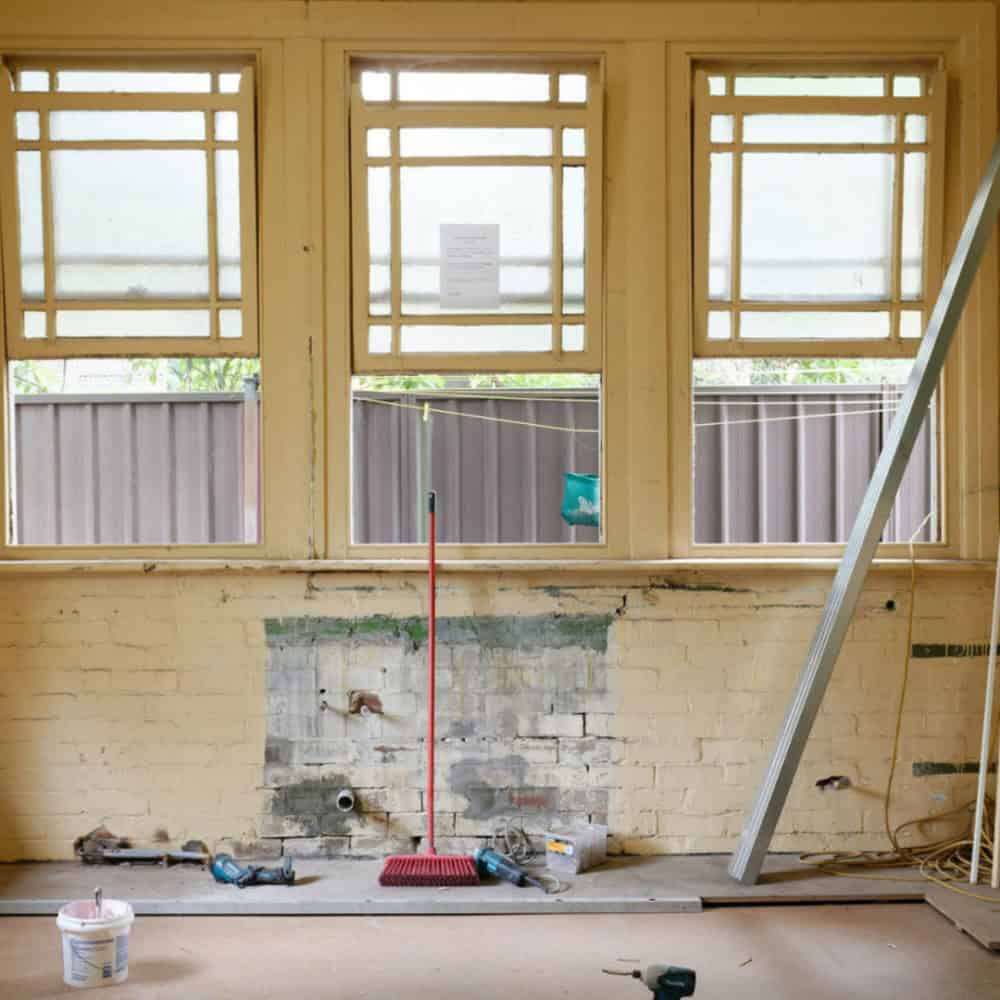Protect Your Peace of Mind: Tips for Selecting Security Cameras
Table of Contents
Security Cameras have become an indispensable tool for safeguarding homes, businesses, and public spaces. Whether you’re seeking to monitor your property, deter suspicious activity and potential intruders, or simply keep an eye on your surroundings, selecting the right security camera is paramount. With an abundance of options available on the market, it can be challenging to navigate through the minefield of features and specifications. By understanding your specific needs and considering key factors, you can make an informed decision. Here’s what to look for when choosing a security camera.
Resolution
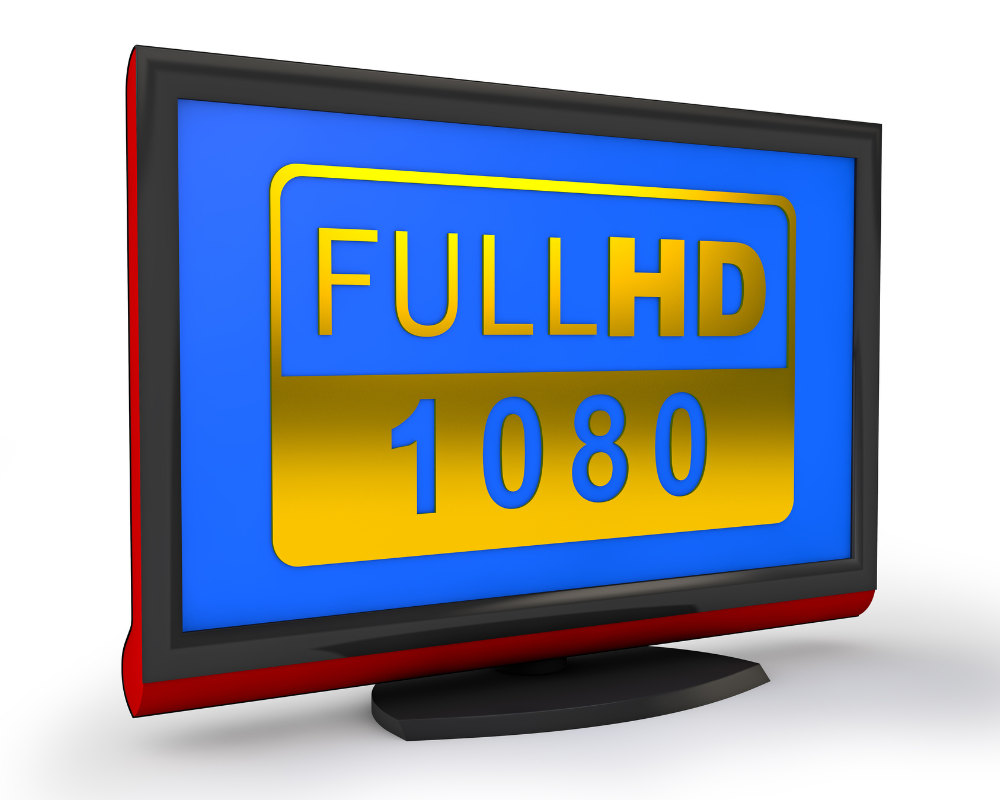
High resolution is crucial for capturing clear and detailed images. Look for outdoor security cameras with at least 1080p resolution (Full HD), or consider higher resolutions such as 2K or 4K for even sharper imagery. Higher resolution ensures that vital details, such as facial unique features or license plate numbers, are discernible, enhancing the effectiveness of your surveillance system.
Night Vision
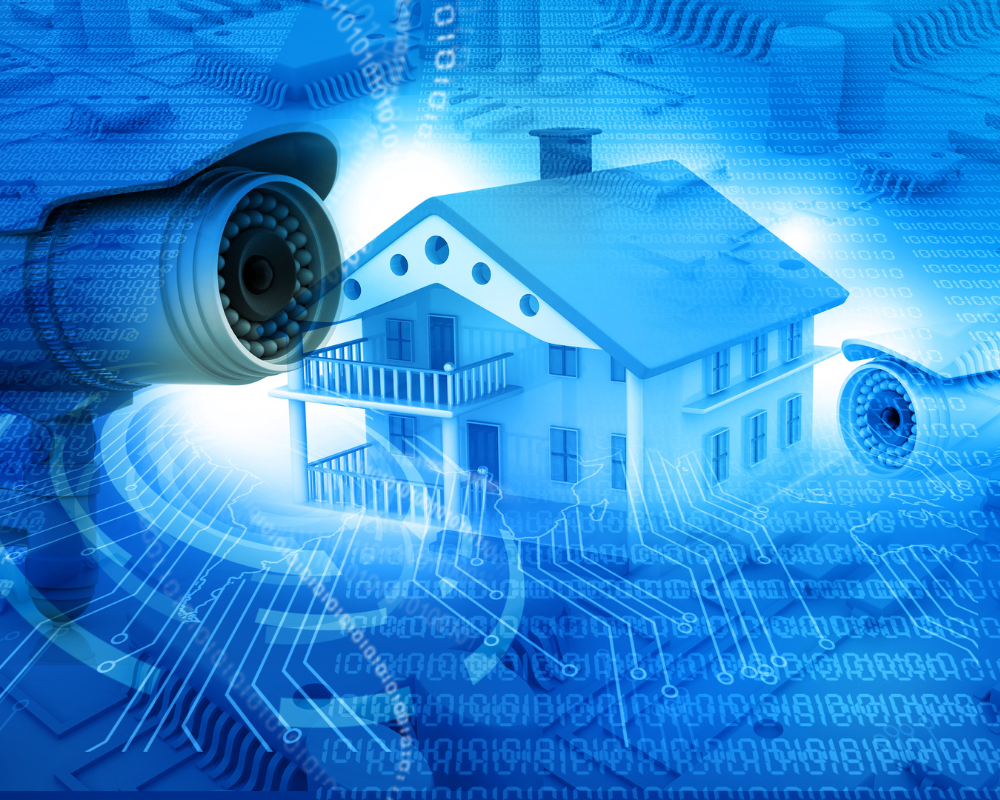
Effective night vision capabilities are essential for round-the-clock surveillance. Look for the types of cameras equipped with infrared (IR) LEDs or low-light sensors to capture clear footage in complete darkness. Check the camera’s night vision range to ensure it covers the required area adequately, especially for outdoor applications where ambient lighting may vary.
Field of View

The camera’s wide field of view determines the area it can cover. A wider field of view is advantageous for monitoring large spaces with fewer cameras. Consider cameras with adjustable lenses or panoramic views to maximize coverage and minimize blind spots. Be mindful of potential distortion with wide-angle lenses.
Motion Detection and Alerts
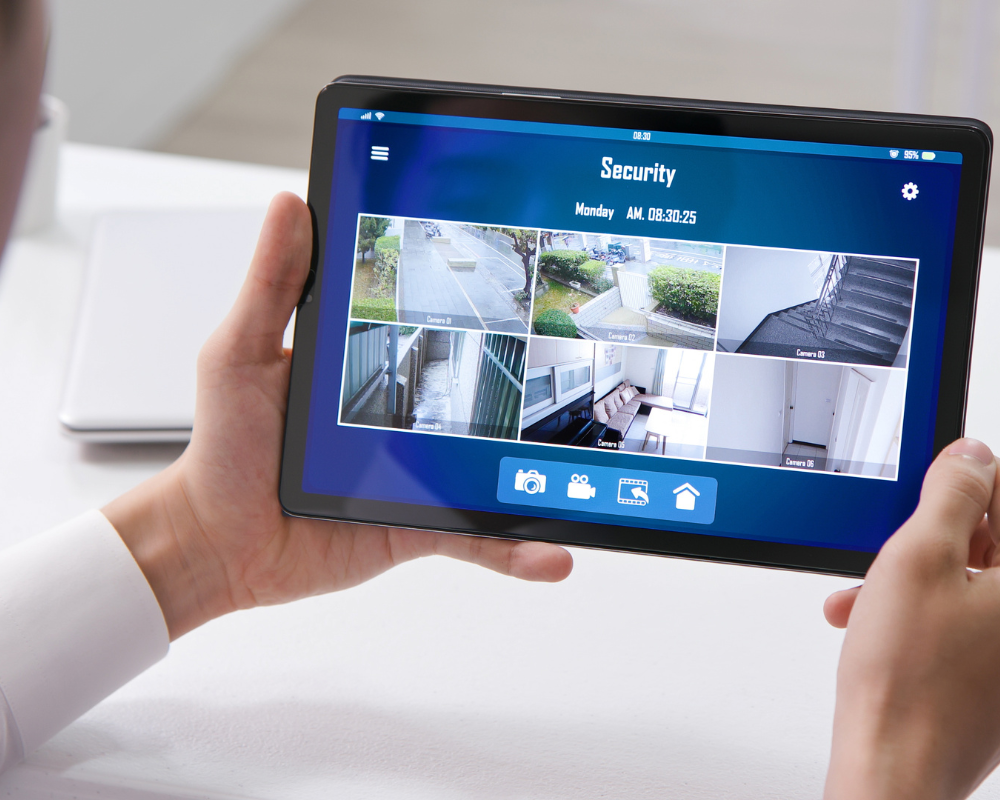
Motion detection features enable video doorbell cameras to detect movement and send alerts to your smartphone app or email. Look for cameras with customizable motion sensitivity settings to reduce false alarms triggered by irrelevant movements, such as foliage swaying in the wind. Additionally, consider cameras with advanced motion tracking capabilities for seamless monitoring of moving objects.
Weather Resistance
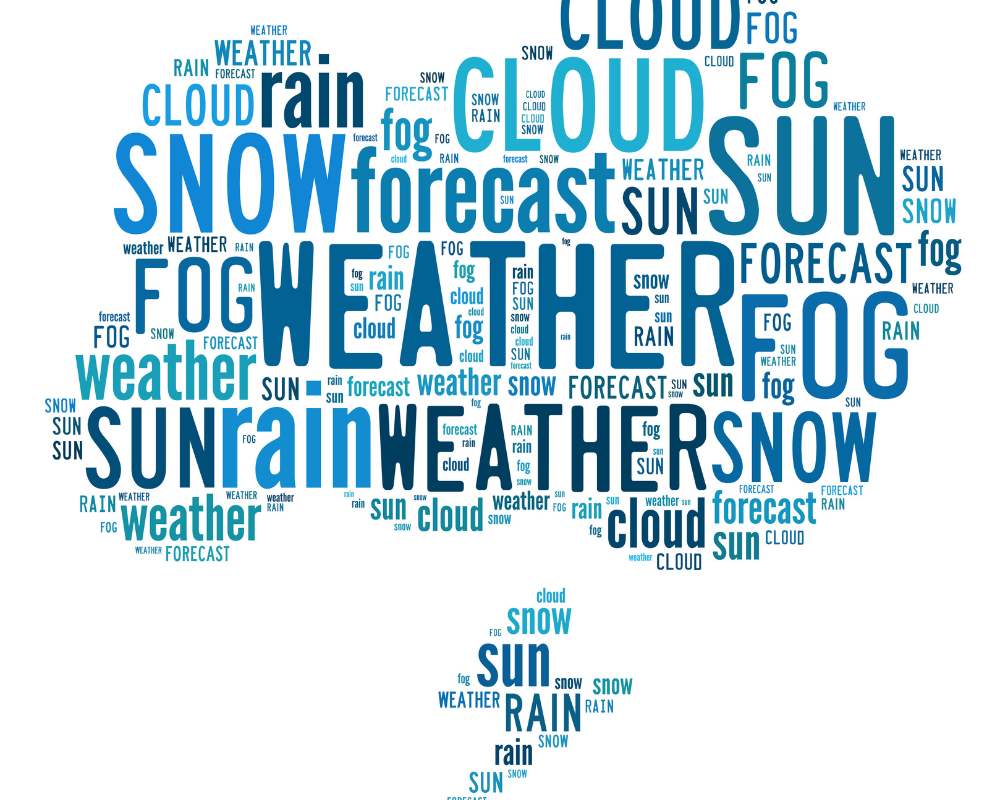
For outdoor surveillance, durability and weather resistance are paramount. Ensure that the camera is rated for outdoor use and can withstand varying weather conditions, including rain, snow, and extreme temperatures. An IP (Ingress Protection) rating of at least IP65 is recommended for outdoor cameras to ensure protection against dust and water ingress.
Two-Way Audio
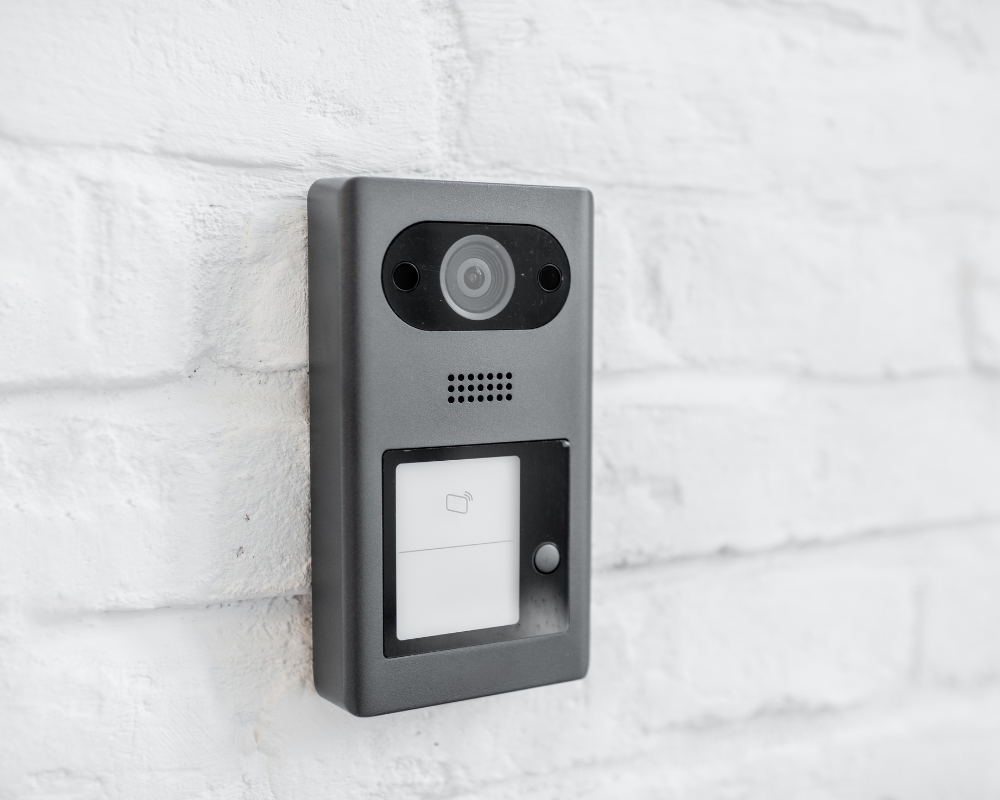
Two-way audio functionality allows for communication between the camera and remote users. This feature is beneficial for interactive monitoring, enabling you to communicate with visitors, deter intruders, or even soothe pets remotely. Look for video doorbells or smart cameras with built-in microphones and speakers for clear audio transmission.
Storage Options

Consider how footage will be stored and accessed. Many cameras offer cloud storage space options for convenient remote access to recordings, but this may incur subscription fees. Cameras with local storage options, such as microSD cards or Network Attached Storage (NAS), provide cost-effective solutions with no recurring fees.
Integration and Compatibility
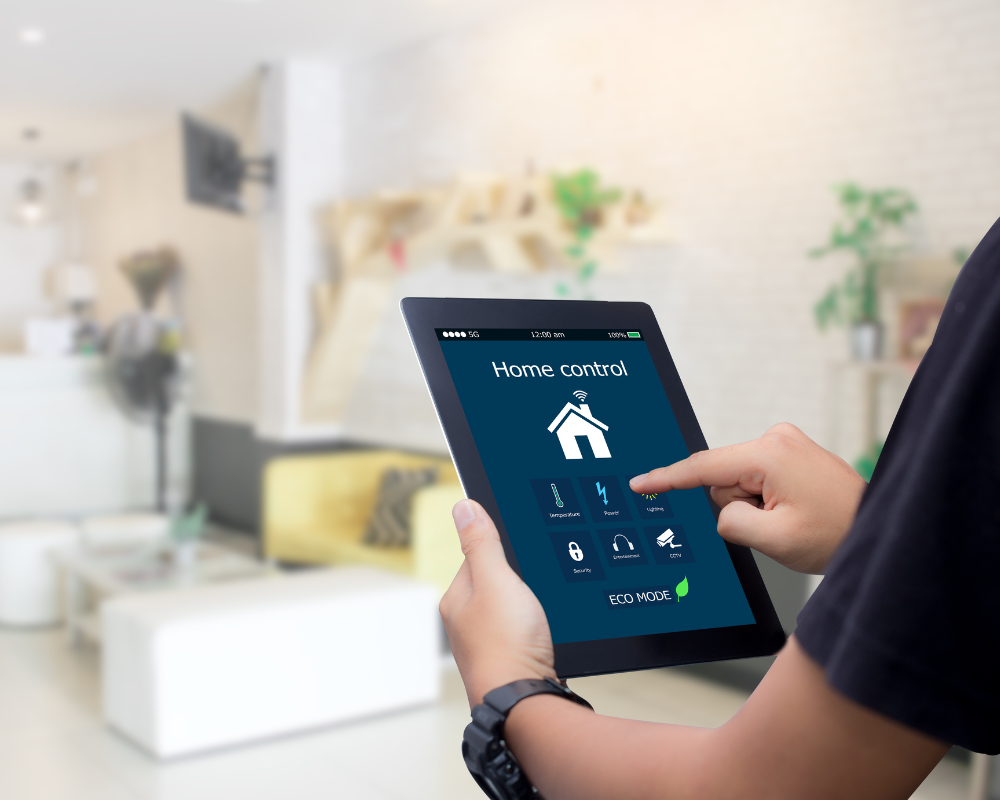
If you have an existing smart home ecosystem, ensure that the security camera is compatible with your preferred platform, such as Amazon Alexa, Google Assistant, or Apple HomeKit. The integration allows for seamless automation and control, enabling you to incorporate your security camera into broader smart home routines.
Privacy and Security Features

With privacy concerns on the rise, prioritize cameras with robust encryption protocols and secure authentication mechanisms to safeguard sensitive footage from unauthorized access. Consider cameras with features such as privacy masking or scheduling to selectively disable recording in sensitive areas or during specific times.
Cost and Value

While it’s tempting to opt for the cheapest option available, consider the long-term value and reliability of the camera. Invest in reputable brands known for quality craftsmanship, reliable performance, and responsive customer support. I also recommended systems from family and friends. Balance your budgetary constraints with your security needs to find the best value proposition.
Conclusion
Selecting the right security camera requires careful consideration of various factors, including resolution, night vision, field of view, motion detection, weather resistance, audio capabilities, storage options, integration, privacy, and cost. By prioritizing your specific requirements and conducting thorough research, you can choose a security camera that effectively meets your needs and provides peace of mind for years to come.

